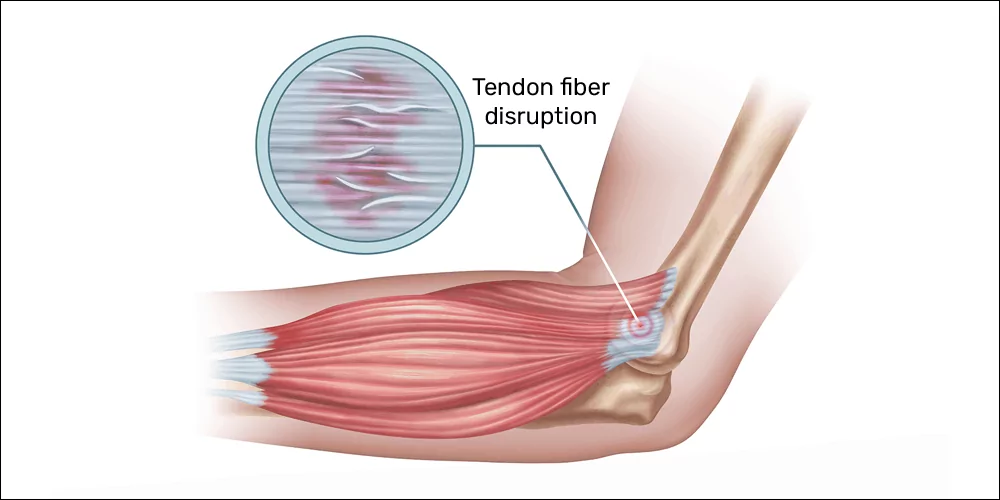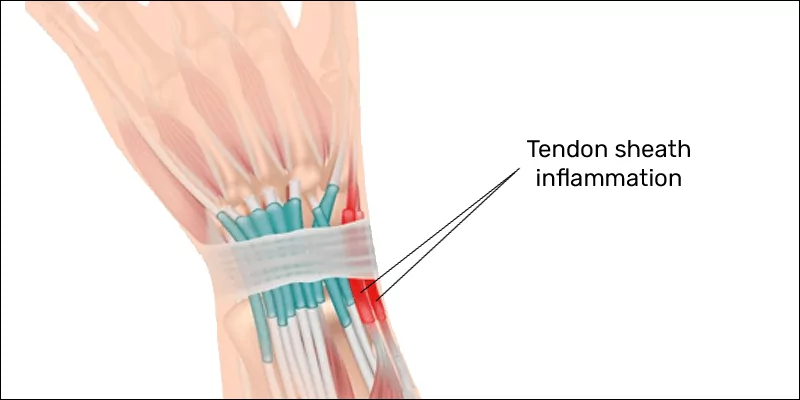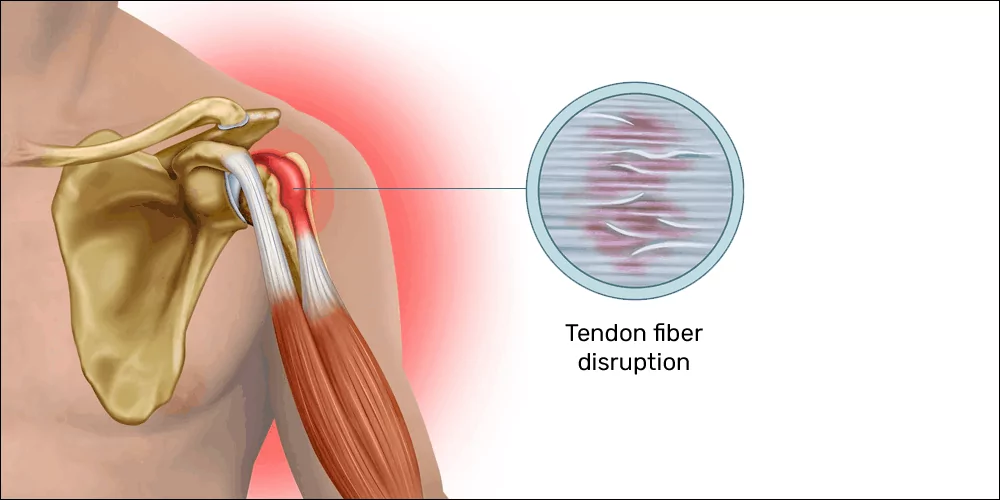Playing at the highest level always brings some risk to your body.
On July 5, the South Korean League of Legends team T1 announced that their star player Lee “Faker” Sang-hyeok will be taking a break from playing professionally. This is to address the persistent arm pain he’s been having for the past few weeks.
Faker is undoubtedly one of the most recognizable names in esports, the League of Legends GOAT. Even so, he’s still human and his body can only be pushed so far before he needs to stop.
Esports pros can suffer injuries like any other athlete yet the field of esports healthcare is still young. Still, there are more health risks that pro players need to be aware of, along with myths that need to be dismissed.
1. Carpal Tunnel Syndrome
The injury everyone’s most familiar with is carpal tunnel syndrome — the plague that has killed many a pro player’s career. It arises when the median nerve in your wrist gets compressed due to constant, repetitive motions. It’s easy to see then why this would be the number one culprit for esports injuries.
Symptoms include tingling and numbness on the thumb, index, and middle finger. You would also experience difficulty moving your thumb. This can lead to you experiencing acute pain in those fingers if the median nerve is aggravated enough.
2. Mouse Elbow

Commonly known as ‘Tennis Elbow,’ this is an ailment that happens to the extensor tendons in the forearms, which allow you to open your fingers and bend back your wrist. This mostly occurs with PC players due to poor hand positioning and a lack of eccentric muscle contraction around the elbow.
Symptoms include pain at the outer portion of your elbow when extending your elbow or making wrist movements. Your grip may also be weakened due to the pain you experience doing the action.
3. Gamer’s Thumb

Gamer’s Thumb is common among console players or those who play using a controller pad. This occurs when the tendons, specifically the tendon sheaths, on the thumb side of your wrist are overused. The friction caused by the constant use of your thumbs will cause the tendon sheaths to inflame, leading to pain and weakness of grip. This also occurs to those who frequently use mobile phones, whether for texting or gaming.
If not treated or addressed properly, this can lead to De Quervain’s Tenosynovitis or trigger finger. This is when the tendon sheaths thicken and harden to the point that it locks the tendon in place. You will be unable to extend your finger and will require surgical intervention.
4. Mouse Shoulder

Similar to Mouse Elbow, this particular injury occurs when there is an imbalance of muscle contractions but this time it’s located around the biceps and shoulders. Bad posture due to your setup can lead to this as well as extended periods of biceps activity without moving your shoulders.
Symptoms include pain around the front of your shoulder and upper arm. Upward arm movements like reaching your arm backward can also cause discomfort or pain. Pushing movements may also be weaker due to the experienced pain.
Preventions Are The Best Medicine
As worrying as all these listed injuries may sound, there is one significant takeaway from all this: these injuries are all easily manageable with proper exercise and maintenance. Taking a break and doing some stretches is sometimes all you need to keep your body in working condition.
Carpal tunnel and these other muscle injuries are not some terminal diseases that spell the end of a pro player’s career. Instead, they are warnings from your body telling you that you are putting too much stress on your hands or that you’ve simply been playing for too long.
It’s important for esports pros to not ignore these signs, otherwise, the results can be tragic. Another League of Legends pro player, Jian “Uzi” Zi-Hao, had to retire at the age of 23 due to multiple health problems. His doctors told him that he had “arms similar to that of a 40 to 50-year-old” and he felt that his legs had no strength in them.
Fortunately, more esports teams are now paying close attention to their player’s health and well-being to prevent any serious injuries. Teams now have dedicated positions for doctors, as well as nutrition and exercise plans for their players to ensure that they can play at their peak.
While it’s sad to see Faker sit on the sidelines, we know that it’s for the best. We’ll all be anxiously waiting for his triumphant return later in the season.
Banner image from Esports Healthcare.
Related Stories:
China Reigns Supreme as JD Gaming is Crowned MSI 2023 Champions
